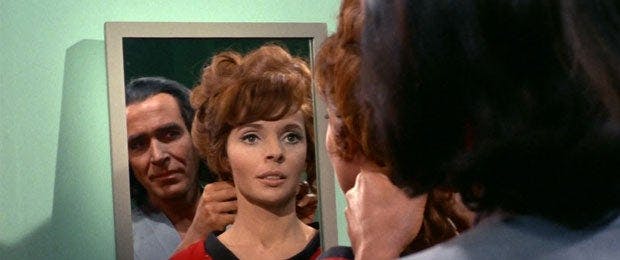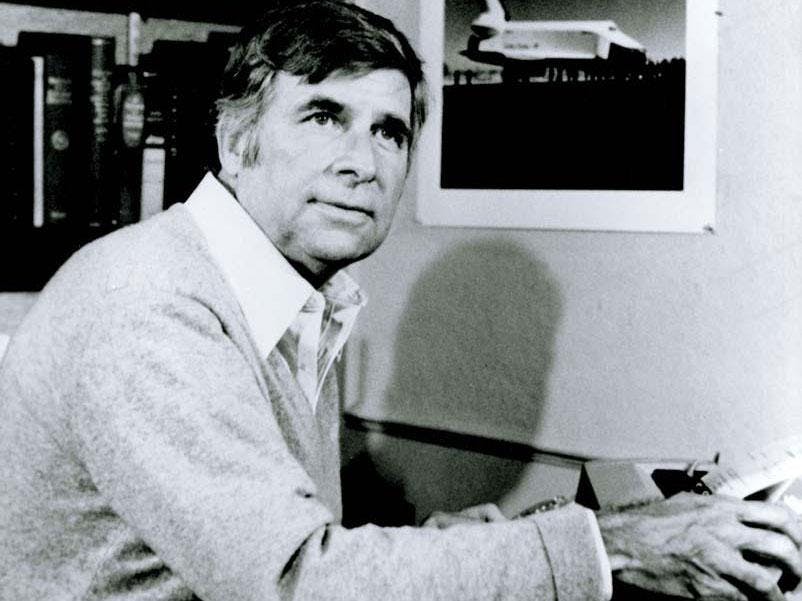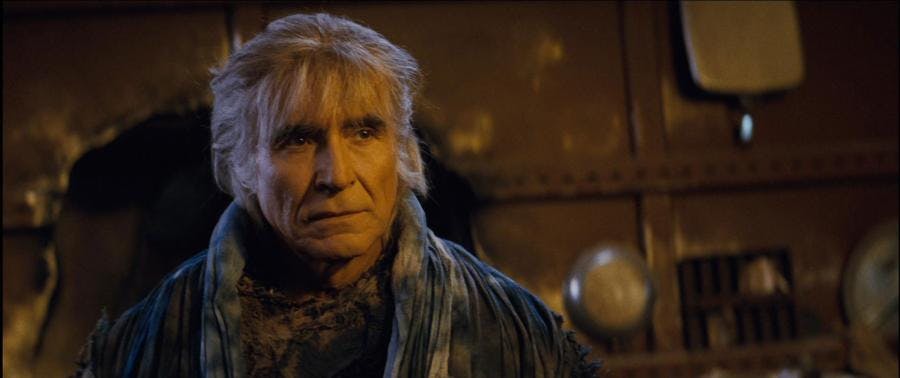Published Nov 24, 2013
GUEST BLOG: The Evolution of "Space Seed," Part 4
GUEST BLOG: The Evolution of "Space Seed," Part 4


Gene Roddenberry, of course. It will be Roddenberry who fixes the final version of “Space Seed” without credit. Handwritten notes show that Roddenberry had some interesting ideas he wanted to add to the script that unfortunately were not included in the final result. One that is especially intriguing is the idea that Khan would have a problem with Spock because interspecies mating “might sully the human race.” This would have been an especially fascinating theme in “Space Seed” if it had been used, especially considering it is Spock who ultimately defeats Khan’s plans in Nicholas Meyer’s Star Trek II: The Wrath of Khan.
In these handwritten notes is the name “Khan,” an ethnicity change which was the result of the brilliant casting of Ricardo Montalban, and the words “Sikh” and “genetically purebred.”

Believe it or not, even in the Roddenberry/Coon script, Khan is not yet “Khan Noonien Singh.” He is Sibahl Khan Noonien (a name that will appear in James Blish’s adaption to the episode written from this draft of the script). The DeForest Research company (no relation to DeForest Kelley), which was tasked with checking scripts for errors and other potential problems, suggests a change in the name to “Govin Bahadur Singh” to closer approximate Sikhism traditions. Roddenberry and Coon then change the name to its final form, keeping Noonien because Roddenberry hoped the name would be recognized by a World War II friend that he wish to reconnect with. After three months of rewrites, Khan has arrived!
One of our favorite pages in all of Gene Roddenberry’s archives is a script page that includes the names Ericssen, Thorwald, and Kahn (sic) with scratch outs and handwritten notes. For us, it symbolizes the tortured route that the “Space Seed” script took on its journey into Star Trek history.
The final script, the result of Wilber’s idea, Coon’s improvements, Robert Justman’s suggestions and Roddenberry’s polish, is arguably one of the most important written and filmed. Without “Space Seed” there would have been no Wrath of Khan. Without the incredible success of Wrath of Khan, which had the highest-grossing box office opening weekend in film history to that time, the future of the Star Trek franchise would have been very different. And without Wrath of Khan, Star Trek Into Darkness would be a very different film, if any future Star Trek films had ever existed in the first place.

The writing of the script is the first, and arguably, most important aspect of preproduction of a Star Trek episode because everything depends on the script, which acts as a blueprint for the special effects artists, wardrobe designers, and set designers. In our next chapters on the incredible story of the making of “Space Seed,” we will discuss the contributions of William Ware Theiss and his amazing costumes, and the special effects of the Botany Bay!
_______________________________________________________________________________________
Maria Jose and John Tenuto are both sociology professors at the College of Lake County in Grayslake, Illinois, specializing in popular culture and subculture studies. The Tenutos have conducted extensive research on the history of Star Trek, and have presented at venues such as Creation Conventions and the St. Louis Science Center. They have written for the official Star Trek Magazine and their extensive collection of Star Trek items has been featured in SFX Magazine. Their theory about the “20-Year Nostalgia Cycle” and research on Star Trek fans has been featured on WGN News, BBC Radio, and in the documentary The Force Among Us. They recently researched all known paperwork from the making of the classic episode "Space Seed" and are excited to be sharing some previously unreported information about Khan's first adventure with fellow fans. Contact the Tenutos at jtenuto@clcillinois.edu or mjtenuto@clcillinois.edu

